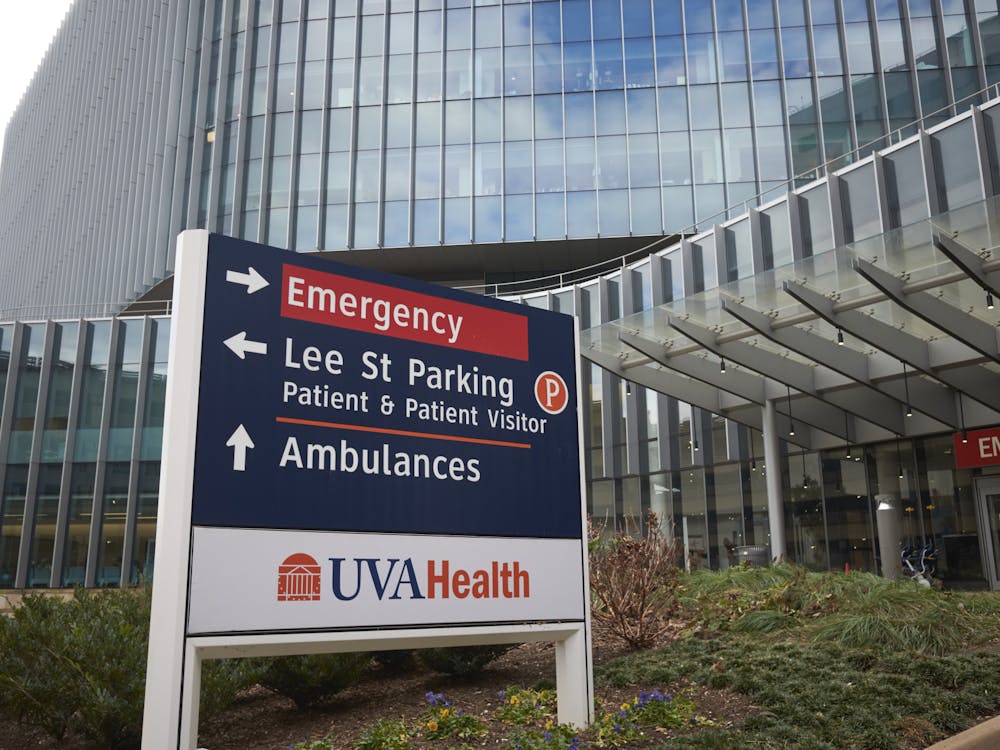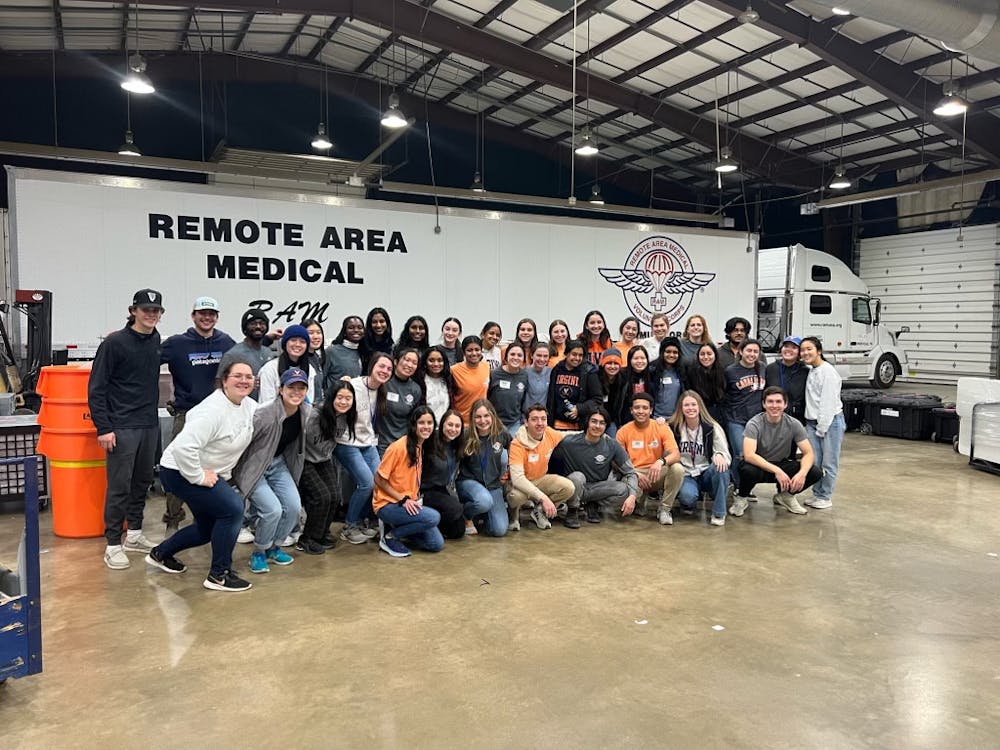The University is now able to more accurately estimate its nitrogen footprint thanks to a new model developed by Environmental Sciences faculty member James Galloway. The model, published in the Journal of Sustainability, identifies the main sources of U.Va.’s nitrogen as utilities and food production, and proposes ways to decrease our nitrogen footprint.
“[The publication] presents the first ever nitrogen footprint model for an institution,” Galloway said. “We hope other institutions will be inspired to form their own models.”
The University’s nitrogen footprint model started in 2008 when Arts & Sciences graduate student Allison Leach took one of Galloway’s classes, which inspired her to complete her distinguished major thesis developing the model.
Galloway and Leach then approached architect Andrew Greene with their research. At the time, Greene was designing a carbon footprint-limiting architectural model – they suggested that he add nitrogen to his agenda.
Though carbon dioxide is the greenhouse gas that has gained the most notoriety, reducing an individual or institution’s nitrogen output is an important part of improving their environmental impact. Nitrogen footprints specifically gauge an institution’s output of reactive nitrogen, which is damaging because of its distinct electron configuration from standard nitrogen.
The research, gathered in 2010, found the University’s annual nitrogen footprint is 492 metric tons, which the researchers hope to reduce by 25 percent by the year 2025.
Measures already taken involve limiting the University’s carbon footprint, which has the fortunate side-effect of limiting its nitrogen footprint, and encouraging University dining facilities to buy locally and implement programs such as Meat Free Monday which limit the nitrogen produced in food transport and protein production.
“Our research has shown that nitrogen pollution is a major challenge that can be addressed through simple changes at the personal and institution levels,” she said in an email. “If institutions commit to nitrogen footprint reduction goals and if individuals choose to make more sustainable choices, we could substantially reduce nitrogen pollution levels and the damage it causes to both environmental and human health.”




